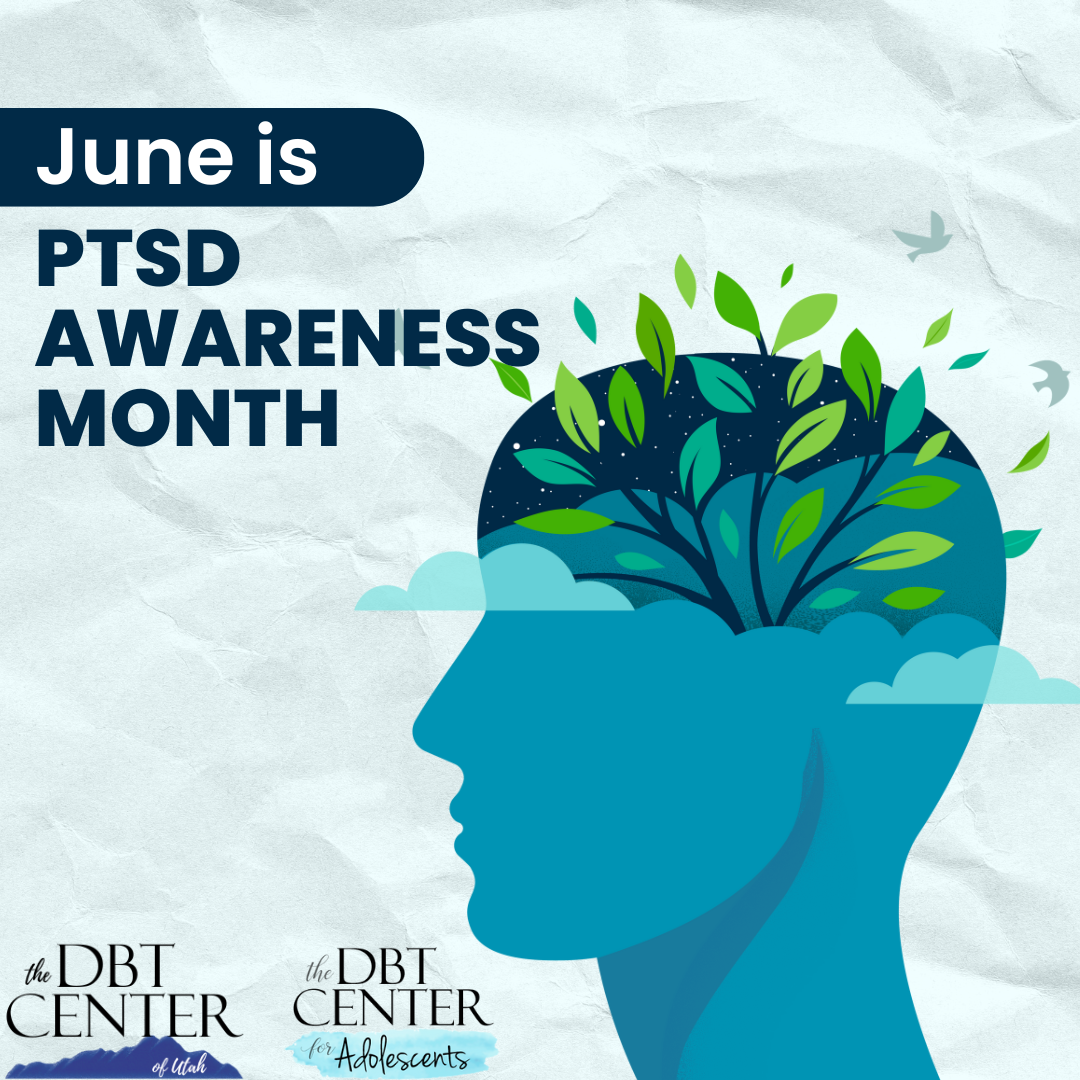
Did you know that approximately 6% of the U.S. population will experience PTSD at some point in their lives? That’s millions of people whose daily lives are shaped by trauma. While often associated with combat veterans, Post-Traumatic Stress Disorder (PTSD) can impact anyone, regardless of age, background, or life experience.
What is PTSD? PTSD, or Post-Traumatic Stress Disorder, is a mental health condition that may develop after experiencing or witnessing a traumatic event. This could include military combat, sexual or physical violence, natural disasters, serious accidents, or repeated exposure to distressing information (like first responders or healthcare workers).
Not everyone who experiences trauma develops PTSD. But for those who do, the symptoms can be intense, persistent, and disruptive to daily life. Understanding these symptoms is the first step toward compassion and support.
What Does PTSD Look Like? PTSD symptoms vary from person to person, but common experiences include:
- Intrusive memories: Vivid flashbacks, nightmares, or upsetting thoughts that feel uncontrollable
- Avoidance: Staying away from places, people, or conversations that bring up memories of the trauma
- Negative changes in thinking or mood: Persistent fear, guilt, shame, or difficulty trusting others
- Emotional reactivity: Feeling on edge, being easily startled, difficulty sleeping or concentrating
- Numbness or detachment: Feeling disconnected from yourself or others, or losing interest in things you once enjoyed
These responses are your body and brain’s way of trying to cope with overwhelming stress. While they may have helped in the short-term, they can become painful and limiting over time.
If any of this sounds familiar, you’re not alone—and healing is possible.
Breaking the Stigma PTSD Awareness Month is about challenging the shame often associated with trauma. PTSD is not a weakness. It is a valid and treatable condition. You can support awareness by:
- Starting conversations about trauma and healing
- Educating yourself and others about PTSD
- Sharing resources or attending events focused on trauma-informed care
The more we talk about PTSD, the easier it becomes to ask for help and receive support.
How We Can Help at The DBT Center of Utah We specialize in trauma-informed, evidence-based therapies designed to help individuals recover from trauma and reclaim their lives. Our trauma services include:
Accelerated Resolution Therapy (ART)
- Uses eye movements and voluntary image replacement to reduce emotional responses to trauma
- Effective in as little as one session
- Does not require talking in detail about the traumatic event
Eye Movement Desensitization and Reprocessing (EMDR)
- Follows a structured, eight-phase approach to reprocess traumatic memories
- Reduces emotional and physical symptoms linked to trauma
Internal Family Systems (IFS)
- Understands the mind as made of different “parts” that try to protect us
- Helps those parts work in harmony under the leadership of the core Self
Experiential & Expressive Therapy
- Sand Tray Therapy: Uses symbolic objects to process trauma nonverbally
- Mind-Body Connection Work: Connects physical sensations with emotional experiences
- Imagery: Builds inner strength and calm through guided visualization
All of our therapies are provided by clinicians trained in trauma-informed care, which means they understand how trauma impacts the brain, body, and behavior—and how to work with those impacts gently and effectively.
This June, Let’s Prioritize Healing If you or someone you love is living with the effects of trauma, know that healing is possible. Contact The DBT Center of Utah to schedule a free consultation or learn more about which trauma-informed therapy may be right for you.
You deserve support. You deserve peace. And we’re here to help you get there.

